Drywall is the most popular form of modern interior home cladding. This is no surprise as drywall is easy to paint, fire-resistant, affordable, and produces a high-end finished look for almost any type of decor. But you are wondering, how long does it take to drywall a new house? You have come to the right place! In this article, we gathered experience and research to answer your question thoroughly.
The length of time it takes to drywall a new home is quite variable based on several factors. Generally, it takes a drywalling crew six days to four weeks to drywall a new home. The following factors all influence how long drywalling takes:
- Home size
- Framing complexity
- Wall and ceiling height
- Drywall finish type
- Crew size and experience
- Weather forecast and humidity
Keep reading the rest of this article on a rundown of each of the above bullet points. We will provide the information you need to produce a decent estimate on how long it will take to drywall your new home. In addition, we answer several related questions.
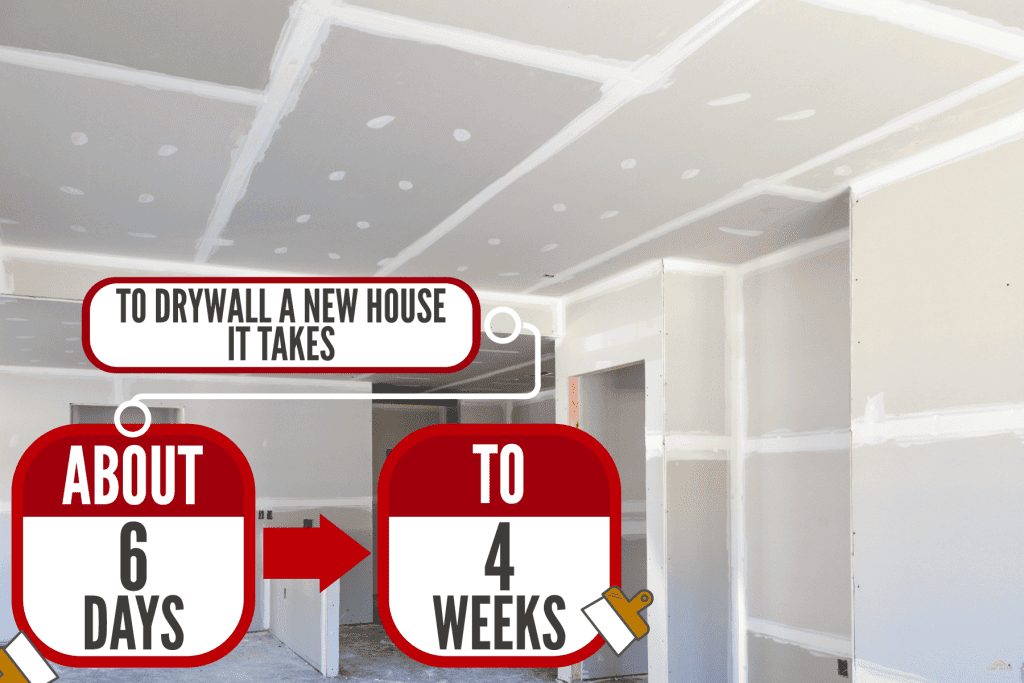
Understanding how long it takes to Drywall a New Home
As mentioned above, it is difficult to understand the time required to drywall a new home without understanding several specific aspects of the project. Be careful, do not cut corners while drywalling as the finished product is usually very noticeable to guests and potential buyers when they enter a home.
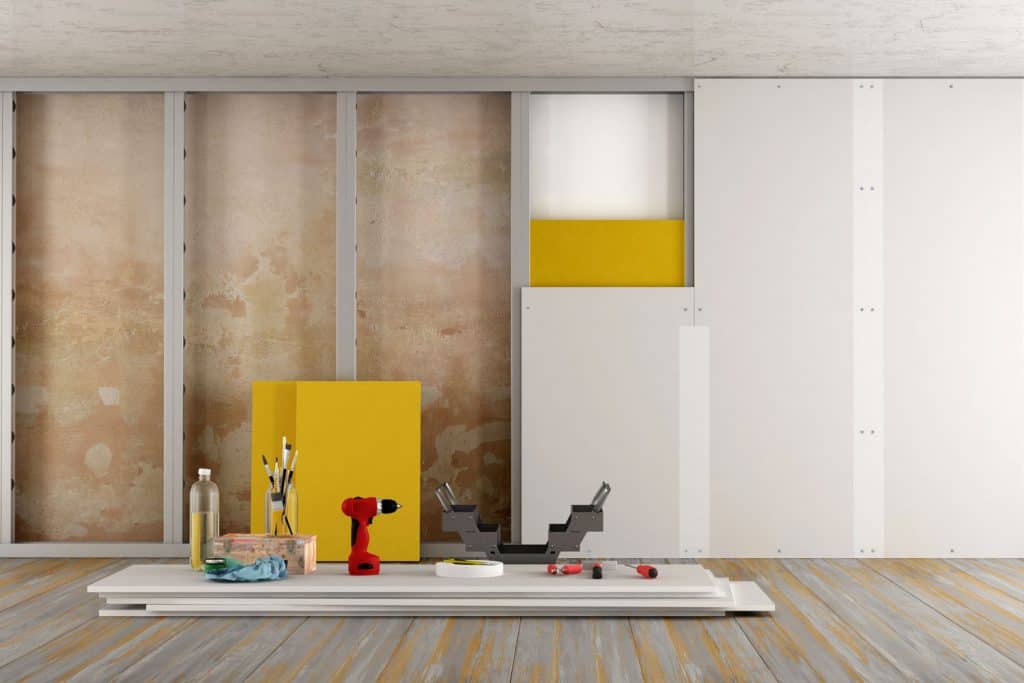
We may include affiliate links and curated AI content to highlight top design styles.
Read the following sub-sections to understand the categories necessary to consider when deciding how much time to budget for drywalling your new home. Remember, these estimates include hanging the sheets of drywall on the wall and taping, mudding, sanding, and texturing the drywall.
Home Size
The most significant impact for how long it takes to drywall a house is the square footage. Large homes take much longer than smaller homes. If you have a home on the small side, say 1,000 to 2,000 square feet, you might expect an experienced crew to finish the work in less than a week.
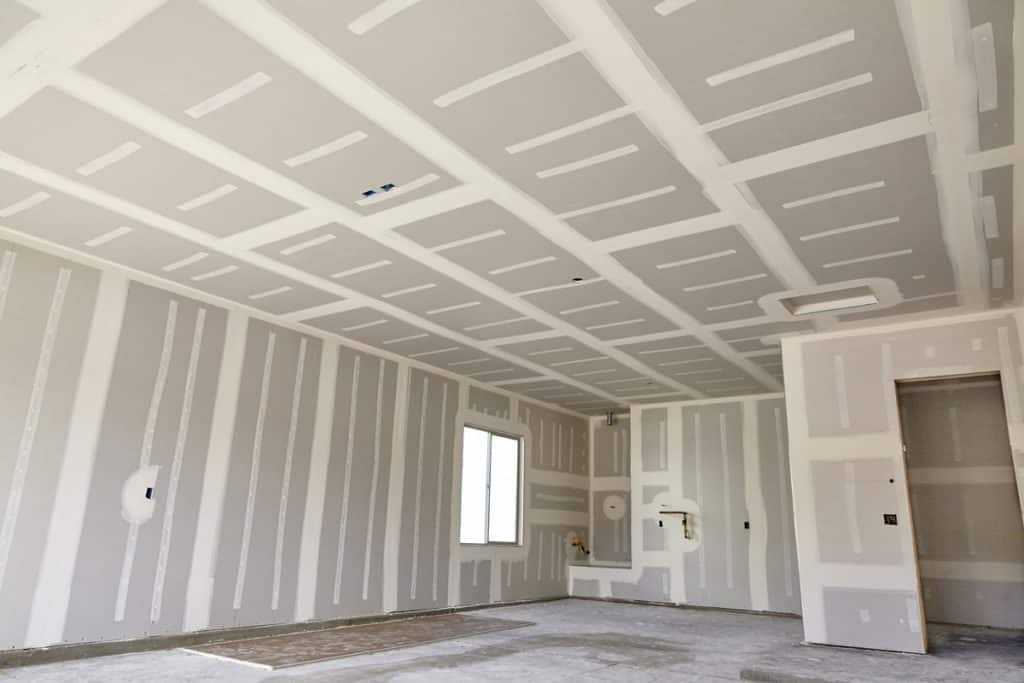
However, even a very experienced crew will take on the long end of the above estimate for larger homes. Giving the team up to four weeks, or even more, to properly drywall a home is well within reason. This means they are bringing the drywall all the way to paint ready.
Framing Complexity
Homes without many windows, without complicated corners, and without any curves all take less time than homes with more complex framing. Every time there is a break in the framing, it takes time and effort to cut the drywall to fit around the window, door, beam, or bump-out.
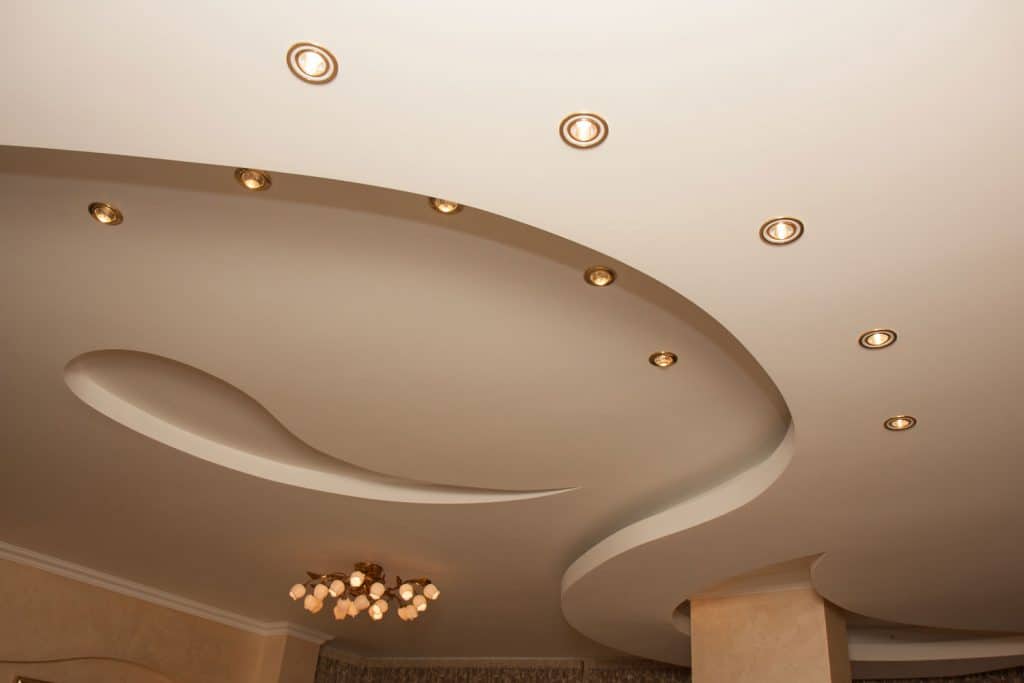
This means that if you have a crew telling you a time estimate on the high end of what you were expecting, it is worth asking them the reason. It might have to do with the complications already built into the home.
Wall and Ceiling Height
Wall and ceiling height are two strands of the same rope. This factor plays an important role in how long drywalling takes. First of all, drywall comes in sheets that are usually 8-feet long. This means that they fit nicely on walls of 8-feet or less. Taller walls take multiple sheets, so they are much more time-consuming to finish. While it is possible to buy longer sheets, these are also heavier, so they are much harder to handle.
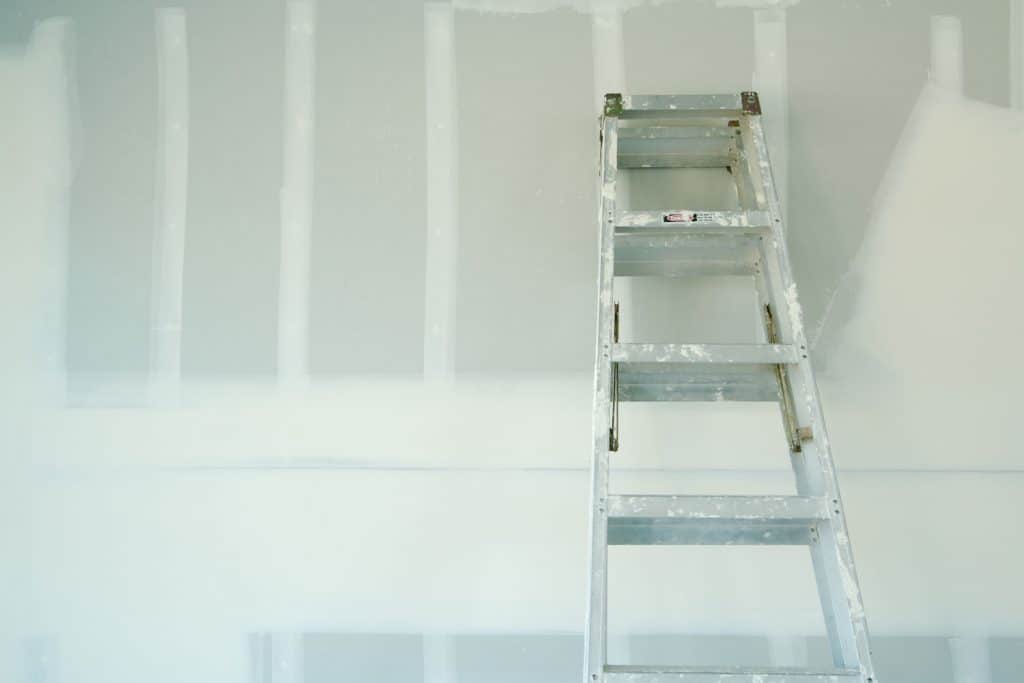
Secondly, tall ceilings are more difficult and dangerous for the drywalling crew to access. This factor can be compounded by vaulted ceilings or beams that need to be wrapped in drywall. It is worth the extra time to ensure that all those who work on the house do so safely and with a mind for a quality finished product.
Drywall Finish Type
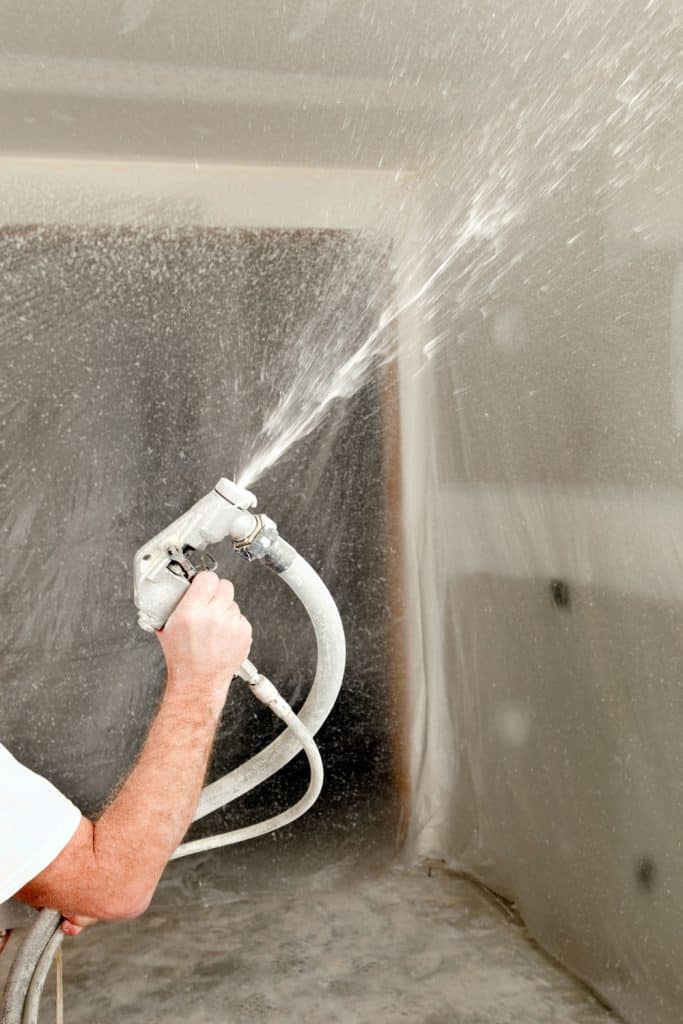
Earlier, we mentioned that texturing the drywall is part of the drywall process. This is not entirely true. Sometimes, although not commonly, drywall is left smooth. If you skip the texturing step, you can usually cut about a day or two off the total drywalling time.
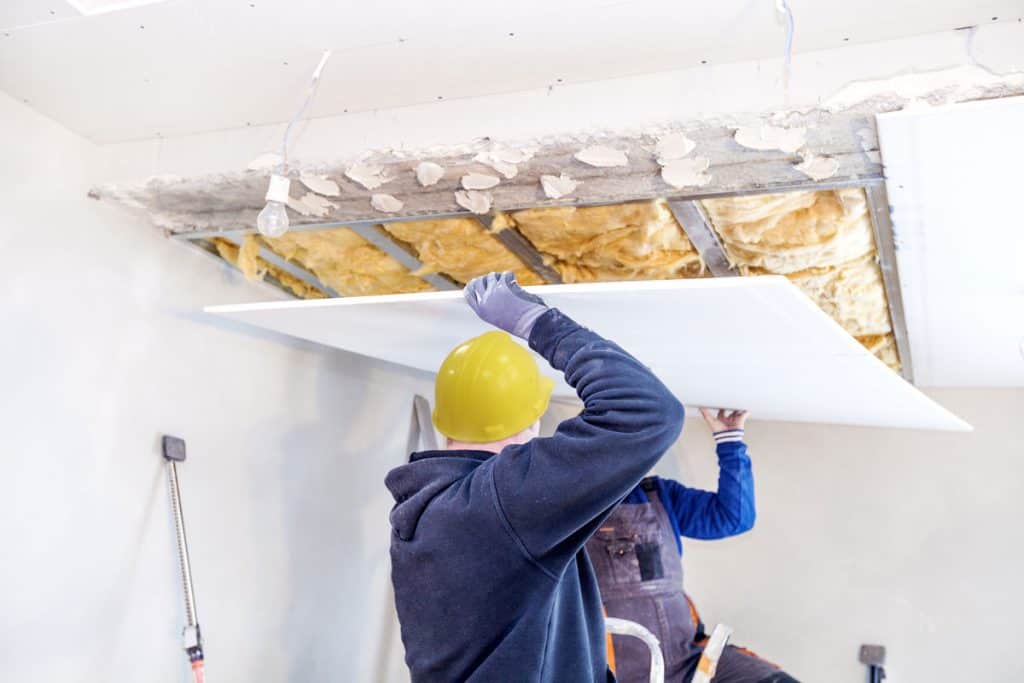
Crew Size and Experience
Crew size and experience are critical. A crew that knows what they are doing and works well together will take about half the time as a green crew with poor teamwork. Further, an experienced crew will produce a much better-finished product. However, an experienced, high-quality crew is also more expensive.
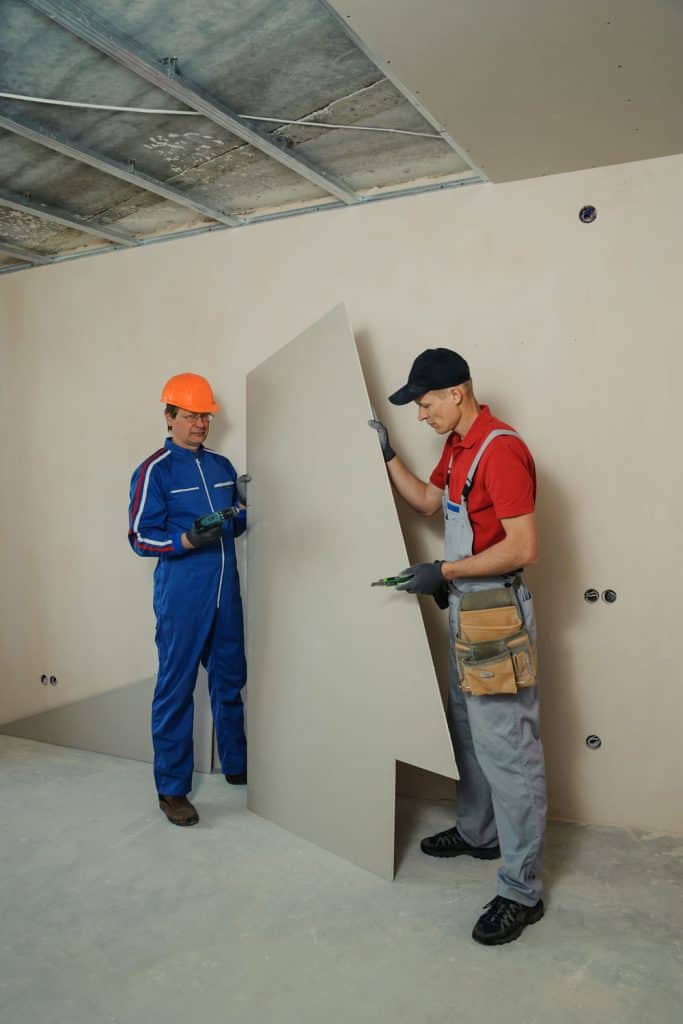
While drywalling a whole home without experience is possible, it will take significantly longer than the predicted time mentioned in this post. For this reason, drywalling is usually contracted out to a crew that does nothing but drywall. This is considered worth the money because the crew does it all from preparing the area, hanging the drywall, cleaning as they go, mudding, taping and texturing.
Read this informative article on how much a sheet of drywall weights, "How Much Does A Sheet Of Drywall Weigh?" It might give shed additional light on why it is common to hire a drywalling crew.
Weather Forcast and Humidity
This factor is often overlooked but can end up throwing off a drywall timeline significantly. If there is rain in the forecast or high humidity, the mud will take longer to dry. Usually, crews apply approximately three layers of mud. Before proceeding to the next step, they have to wait for the previous layer to dry.
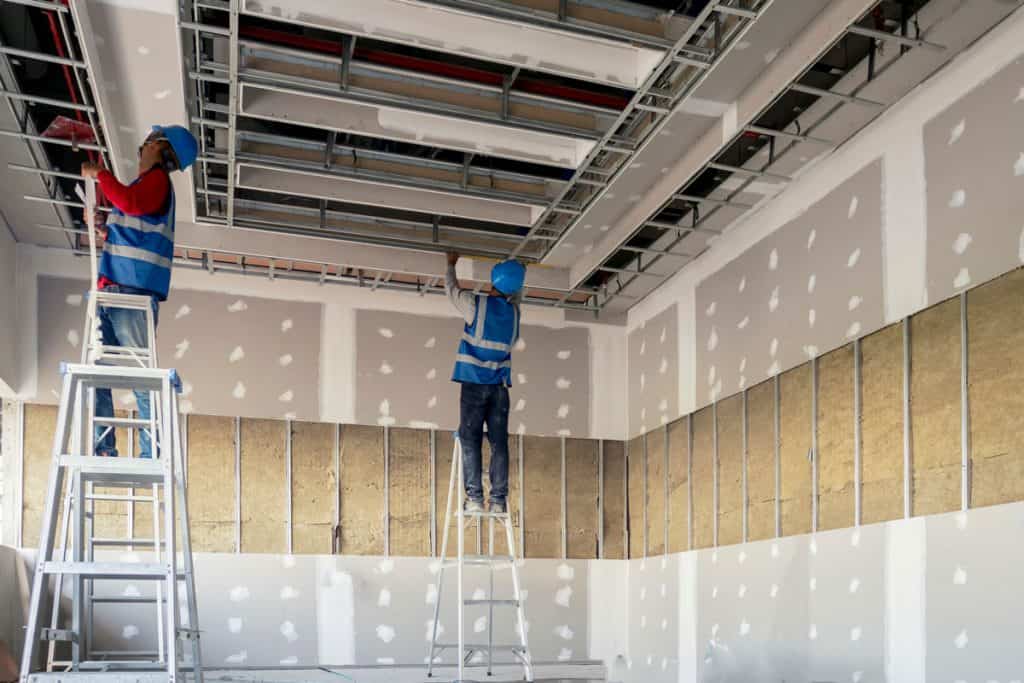
High humidity, either as a general condition or caused by weather, can add three to four days to a drywalling project. While inconvenient, it is not worth rushing the mud dry as this will cause finish problems and headaches in the future.
How much drywall can one person hang per day?
An experienced drywaller can hang approximately 4 to 5 sheets of drywall per hour. Or about 30 to 40 sheets of drywall per day. This prediction should be reduced for particularly complicated framing or if the drywall hanger is inexperienced.
Does it matter if you drywall ceilings or walls first?
It is industry standard to hang ceiling drywall first. This is because the top edge of the wall drywall helps to support the edges of the ceiling drywall. Sometimes, there will be no attachment point along the edges of a room to screw the drywall into. This is no problem if the wall drywall supports that part of the ceiling but is an issue if the ceiling drywall hangs free.
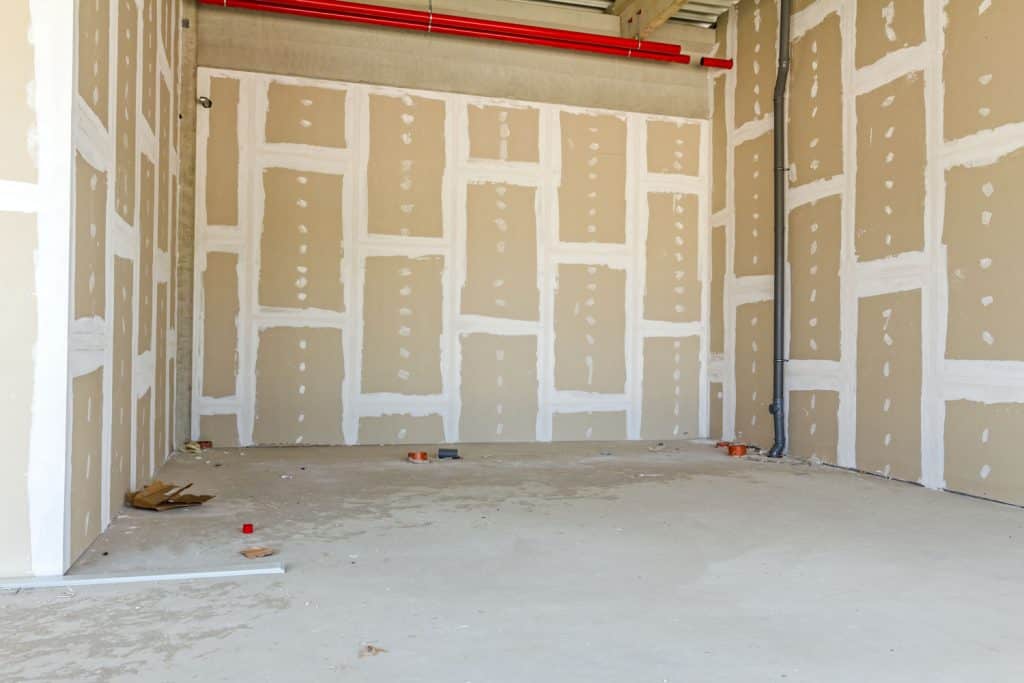
Knowing this feature of drywalling, it is possible to put drywall on walls first and leave room for the ceiling drywall. However, it is much simpler and cleaner to hang the ceiling drywall first and then tightly butt the wall drywall up against the edges of the ceiling drywall.
Is it better to hang drywall vertically or horizontally?
Whether it is better to hang drywall vertically or horizontally depends on the goal. Hanging drywall horizontally usually reduces the total distance of seams, which saves money and time on taping and mudding. However, fire code often dictates that you hang the drywall vertically so seams can run the entire length of the framing.
How much does it cost to hang and finish drywall?
While variable, this section covers average costs to hang and finish drywall. Remember, local wages, product material variations, and product type all can impact the actual cost of hanging and finishing drywall. Overall, expect to pay between $1.50 and $5 per square foot to install drywall.
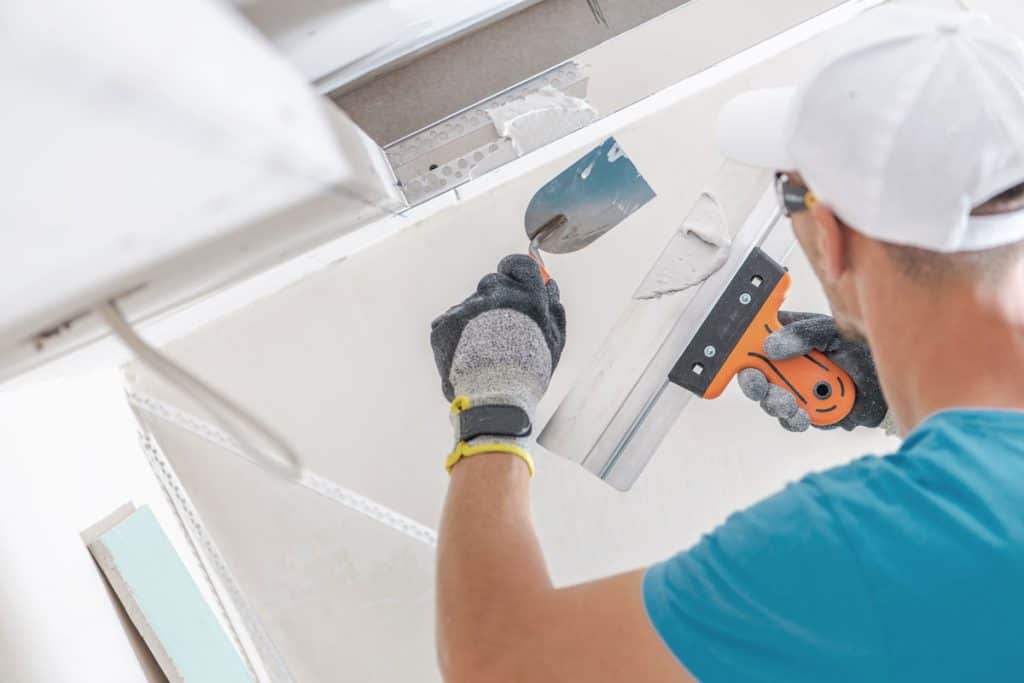
Materials
Materials, including drywall, tape, mud, and screws, usually run between $1.50 to $3 per square foot. This means that for a 2000 square foot house, you can expect to pay anywhere from $3,000 to $6,000 for all the materials required.
Labor per Square Foot
Per square foot, expect to pay about $1 to $3 for the labor associated with hanging and finishing your drywall. This factor is variable based on what quality of a finish you are looking for. It costs more to finish drywall for brighter paints such as gloss and enamel and a little less for flat or matte paints.
Nail Pops in Drywall
Nail pops are when drywall fasteners pop out of finished drywall after the home is completed. These are very common and relatively easy to fix. Usually, these are not the fault of the drywall installers but are a result of the natural settling and shifting of a new home.
Read this article for great information on nail pops and how to fix them, "Nail Pops In Drywall Ceiling Or Walls – What To Do?"
In Closing
In this post, we answered how long it takes to drywall a new home. Our answer includes an introduction to the many factors that influence the drywalling timeline. To conclude, we discussed several questions related to this post. Good luck!
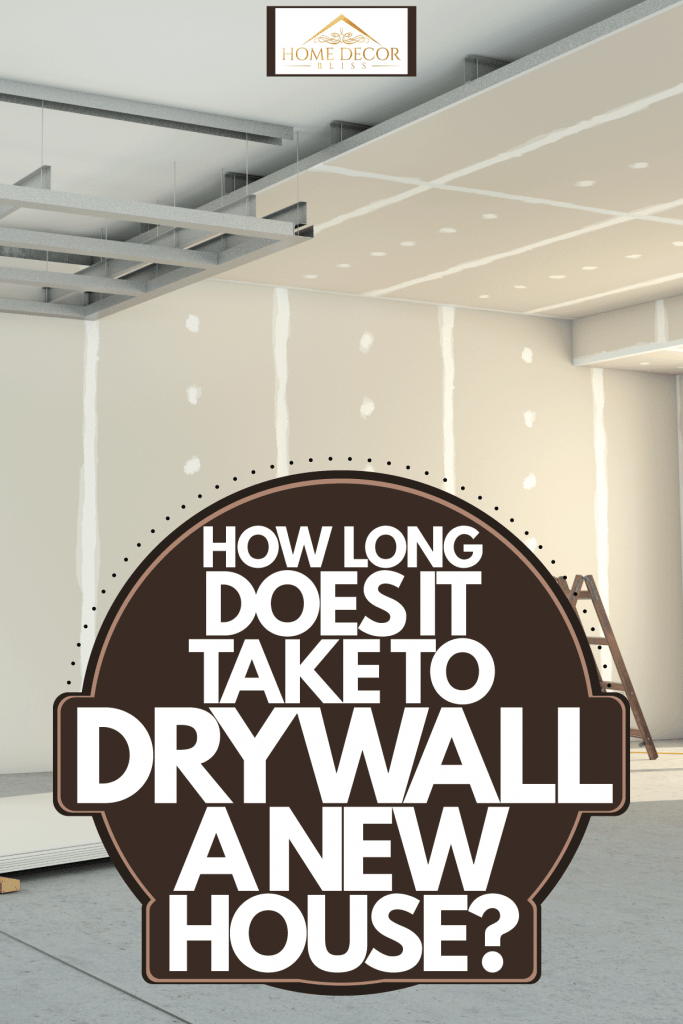




Following USG guidelines for a 4000 SF home you will need, I am including 5-10% extra material:
320 panels of X rated 5/8 drywall 4′ x 10′
16000 collated fasteners
120 gallons of mud premade
4500 feet of tape
Buying all these at Homedepot in Jan 2022 will cost you $6200. Most suppliers will deliver curbside for free.
Which brings the material cost to $0.52 per SF.
Then if your installer will charge you $1.50-3.00 sf per material only, that is a sweet markup…